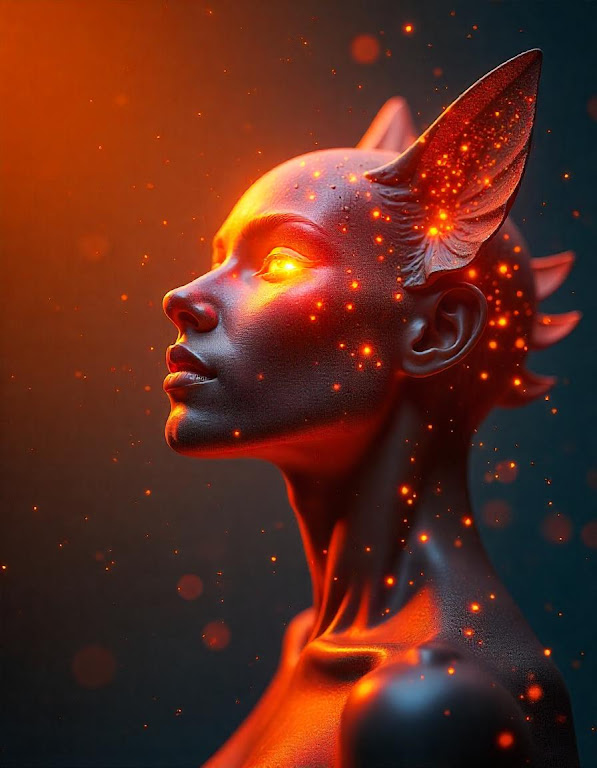AI and the Future of Creativity: How Artificial Intelligence is Redefining Human Potential
In the past decade, artificial intelligence (AI) has evolved from a futuristic concept to a transformative force reshaping industries, economies, and even our daily lives. While much of the conversation around AI focuses on automation, efficiency, and data analysis, one of its most fascinating applications lies in the realm of creativity. From generating art to composing music, AI is challenging our traditional notions of what it means to be creative—and redefining the boundaries of human potential.
The Rise of AI in Creative Fields
AI’s foray into creativity is no longer science fiction. Tools like OpenAI’s DALL·E, which generates stunning images from text prompts, and Google’s DeepDream, which creates surreal visual art, are proof that machines can produce works that rival human creativity. Similarly, AI-powered platforms like Amper Music and AIVA are composing original scores for films, video games, and advertisements, often indistinguishable from human-composed pieces.
But AI’s creative capabilities extend beyond art and music. In writing, tools like GPT-4 are crafting essays, poetry, and even entire novels. In design, AI algorithms are assisting architects and graphic designers in generating innovative concepts. The question is no longer whether AI can be creative, but how it is reshaping the creative process itself.
Collaboration, Not Competition
One of the most exciting aspects of AI in creativity is its potential to collaborate with humans rather than replace them. AI can act as a co-creator, offering new perspectives, generating ideas, and handling repetitive tasks, freeing up human creators to focus on higher-level thinking and emotional expression.
For example, a graphic designer might use AI to generate dozens of logo concepts in seconds, then refine the best ideas to align with a brand’s vision. A musician could use AI to experiment with chord progressions or melodies, sparking inspiration for a new composition. In this way, AI becomes a tool that amplifies human creativity rather than supplanting it.
The Ethical Implications of AI Creativity
As AI becomes more integrated into creative industries, it raises important ethical questions. Who owns the rights to AI-generated art or music? Can a machine truly be considered an artist, or is it merely a tool wielded by humans? And what happens to human creators if AI becomes the primary source of creative content?
These questions don’t have easy answers, but they highlight the need for thoughtful regulation and ethical frameworks as AI continues to evolve. Balancing innovation with accountability will be crucial in ensuring that AI enhances creativity without undermining the value of human expression.
The Future of Creativity in an AI-Driven World
The integration of AI into creative fields is still in its early stages, but its potential is immense. As AI tools become more sophisticated and accessible, they will empower individuals and organizations to push the boundaries of what’s possible. From personalized art experiences to entirely new forms of expression, the future of creativity is poised to be more diverse, dynamic, and inclusive than ever before.
However, the true power of AI lies not in its ability to replace human creativity, but in its capacity to augment it. By embracing AI as a partner in the creative process, we can unlock new levels of innovation and explore uncharted territories of imagination.
Conclusion
AI is not just a technological revolution—it’s a creative one. As we navigate this new frontier, it’s essential to approach AI with curiosity, openness, and a commitment to ethical practices. By doing so, we can harness the power of AI to redefine human potential and create a future where technology and creativity coexist in harmony.

.jpeg)
Comments
Post a Comment